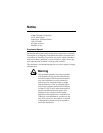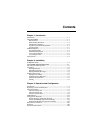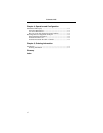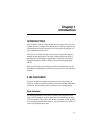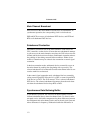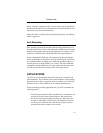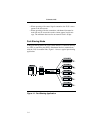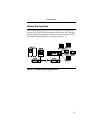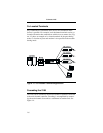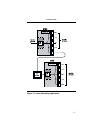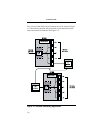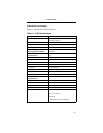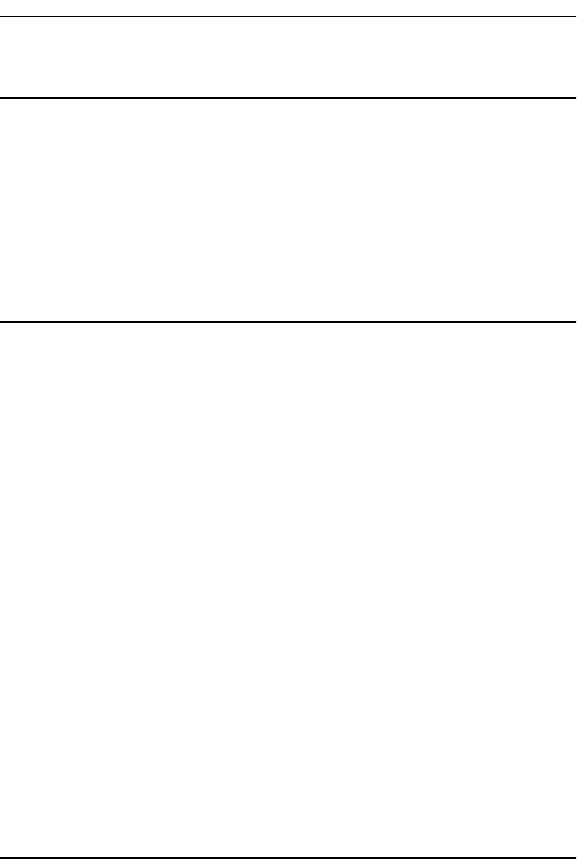
Telenetics 2185
1-2
Main Channel Broadcast
Data received on the main channel is broadcast to all subchannels. In
synchronous operation, the corresponding clock is also broadcast.
DSR and DCD are sent to all subchannel DTE devices, and DTR and
RTS to all subchannel DCE devices.
Subchannel Contention
Subchannels contend for use of the main channel to send data to the
CPU, controller, or other device. If more than one subchannels attempts
to gain access to the main channel at one time, the 2185 selects one sub-
channel and blocks data from all others. Subchannel contention reduces
the garbling of data during network failure conditions. Either of two
modes of contention may be selected: data contention or control signal
contention.
In the data contention mode, subchannel devices contend for access to
the main channel by sending data (beginning with a space bit). The
selected subchannel is disconnected from the main channel after 16 con-
secutive mark bits are detected.
In the control signal contention mode, subchannel devices contend by
raising control signal RTS if the device is a DTE, or control signal DCD
if the device is a DCE. The 2185 returns CTS to a selected subchannel
DTE device. The selected subchannel disconnects from the main chan-
nel when the subchannel device drops RTS or DCD.
Synchronous Data Retiming Buffer
In synchronous operation, the 2185 uses an internal buffer to retime
inbound subchannel data to the main channel clock. To allow for unin-
terrupted service, this buffer compensates for phase differences between
the subchannel and main channel clocks and can absorb clock jitter and
minor differences in frequency. Without the buffer the differences in




